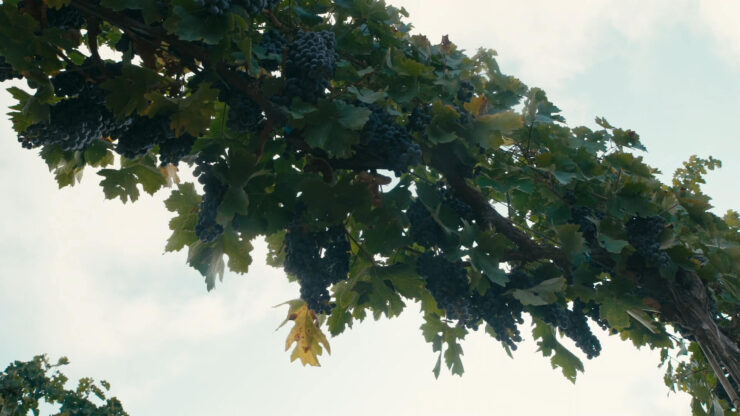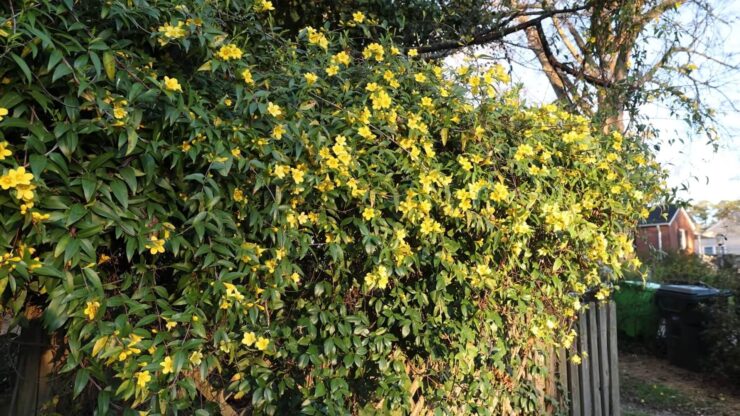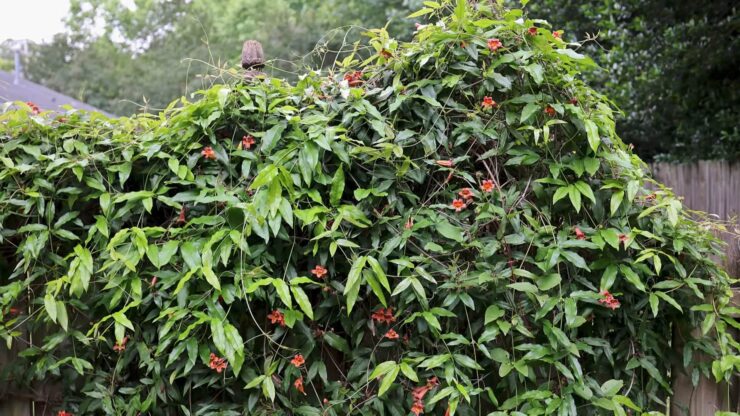
Cross Vine
Cross Vine is a tough climber with bright orange-red flowers that bloom in spring. It’s native to North America and attracts hummingbirds with its vibrant colors and sweet nectar, making it a great addition to gardens and fences.
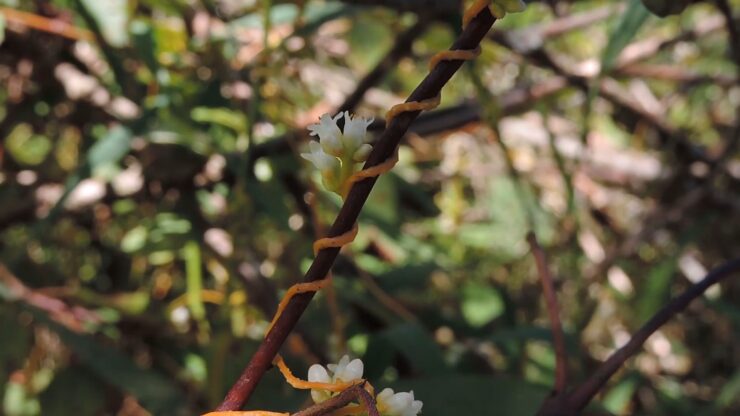
Love Vine
Love Vine, or Dodder Vine, is a parasitic plant that wraps around other plants, looking like thin, yellow strings. It doesn’t have chlorophyll, so it relies on its host for nutrients, creating a tangled mess wherever it grows.
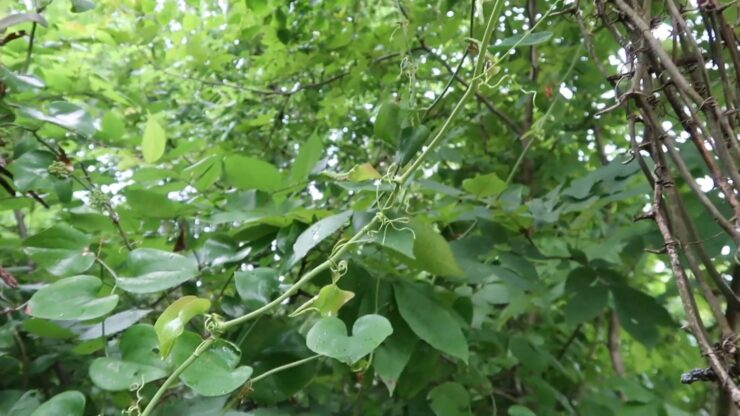
Greenbrier
Greenbrier is a thorny vine that’s tough to get rid of due to its aggressive growth. It has heart-shaped leaves and produces small flowers and blue-black berries. Its wiry stems and sharp thorns make it a nuisance in gardens.
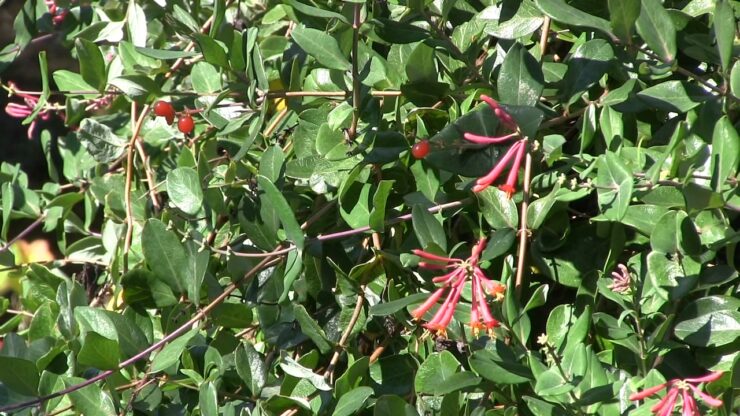
Honeysuckle
Honeysuckle vines are known for their sweet-smelling flowers in colors like white, yellow, and red. They attract bees and butterflies and are often grown for their ornamental value, though some species can be invasive.
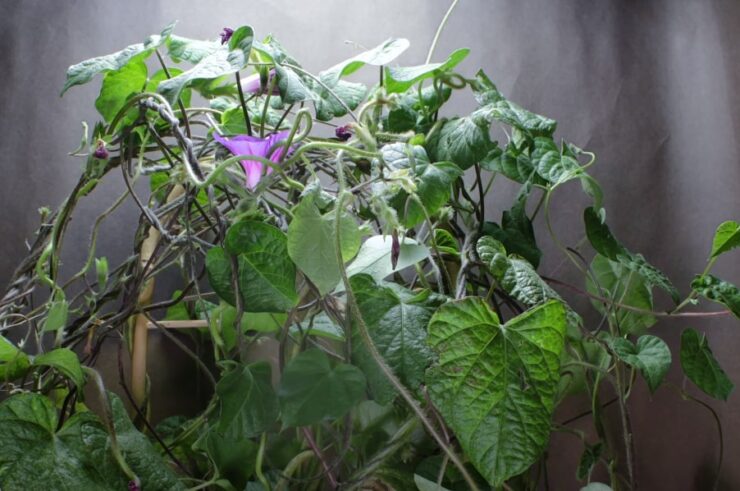
Morning Glory
Morning Glory is a fast-growing vine with large, trumpet-shaped flowers in colors like blue, pink, and purple. The flowers open in the morning and close by afternoon, making them a charming addition to fences and arbors.
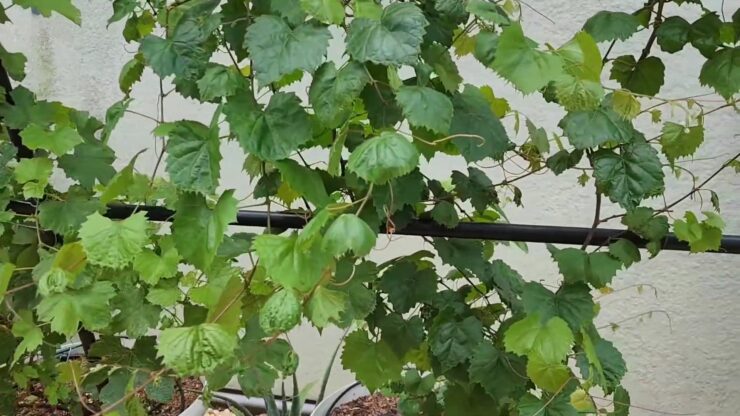
Muscadine
Muscadine vines are native to the southeastern US and produce large, sweet grapes used in wine, jelly, and juice. They have thick leaves and yield fruit in late summer to early fall, making them popular among growers.
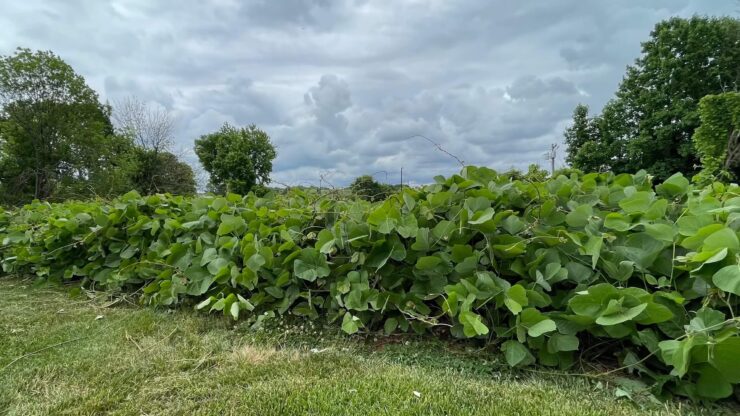
Kudzu
Kudzu is an invasive vine known for its rapid growth, often smothering other plants. Originally brought to the US for erosion control, it has become a major problem due to its aggressive nature and ability to cover large areas quickly.
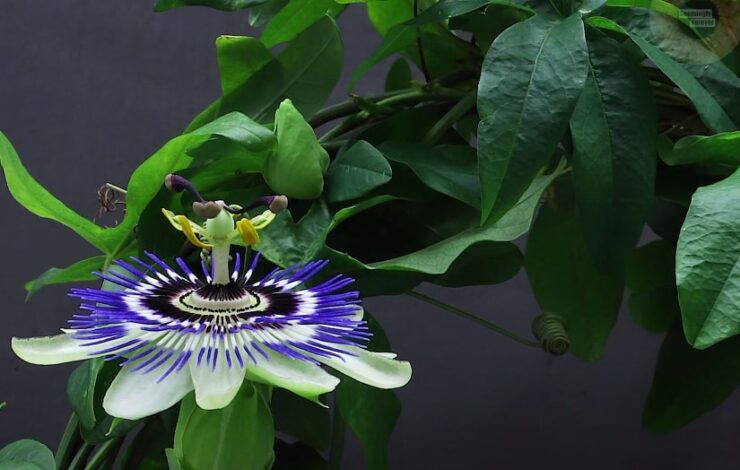
Passion-flower
Passion Flower vines are famous for their intricate, exotic flowers, usually in purple and white. They also produce edible passion fruit and are popular in gardens for both their beauty and fruit-bearing qualities.
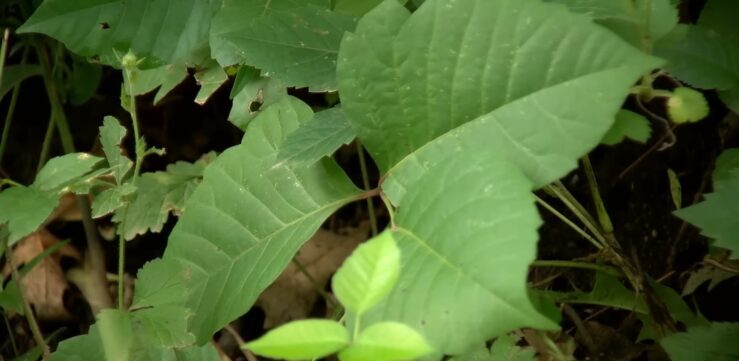
Poison Ivy
Poison Ivy is notorious for causing itchy rashes when touched. It has compound leaves in groups of three and can grow as both ground cover and climbing vine. Its contact dermatitis makes it a plant to avoid.

Rattan
Rattan Vine has strong, flexible stems used in making furniture. Found in tropical regions, its durable stems are harvested and processed into various rattan products, making it valuable for its material.
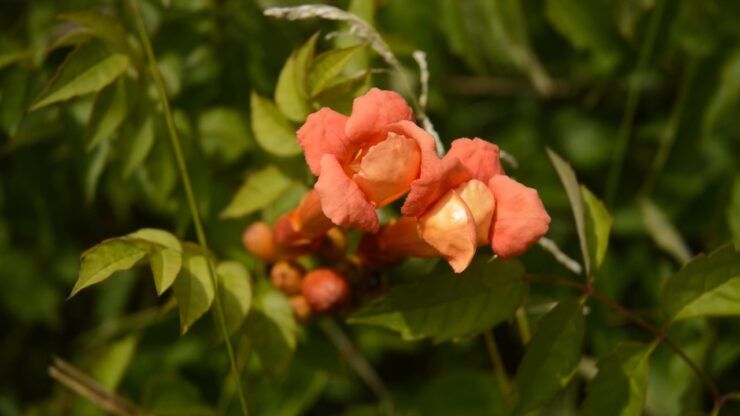
Trumpet Creeper
Trumpet Creeper has large, trumpet-shaped flowers in shades of orange and red that attract hummingbirds and butterflies. It’s a popular garden plant but can be aggressive, requiring regular pruning to control its growth.
Yellow Jessamine
Yellow Jessamine is a fragrant vine with bright yellow flowers that bloom in early spring. Native to the southeastern US, it’s used in landscaping for its looks and scent. However, it’s toxic if ingested, so handle with care.
Benefits of Growing Vines
Growing vines offers numerous benefits in gardening and landscaping. They can provide shade and cooling when grown on pergolas or trellises, create privacy screens along fences, and add vertical interest to gardens.
Many vines, like Honeysuckle and Trumpet Creeper, attract pollinators, enhancing garden biodiversity. Additionally, some vines, such as Muscadine, produce edible fruits, offering both aesthetic and practical value.
Managing Invasive Vines
While many vines are beneficial, some can become invasive and difficult to control. Kudzu, for example, is an invasive vine that can quickly overtake landscapes, outcompeting native plants and causing ecological damage.
Effective management strategies include regular pruning, using physical barriers, and applying herbicides when necessary. Early identification and control are crucial to preventing invasive vines from becoming a major problem.
Attractive Ideas to Decorate a Patio with Vines
Decorating your patio with vines can create a vibrant, cozy outdoor space. Here are some straightforward ideas to get you started.
Canopy of Vines
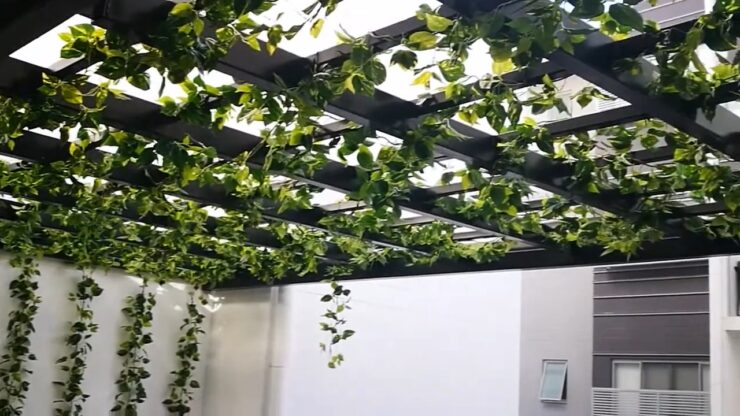
Install a pergola or trellis above your patio and train vines like Wisteria or Jasmine to grow over it. This creates a natural shade and a visually appealing overhead canopy.
Vertical Gardens
Attach trellises to your patio walls and grow climbing vines such as Clematis or Ivy. This not only adds greenery but also saves space by utilizing vertical areas.
Privacy Screens
Use freestanding trellises or lattice panels covered with dense vines like English Ivy or Virginia Creeper. This provides privacy and a serene atmosphere by blocking unwanted views.
Adorn Railings and Fences
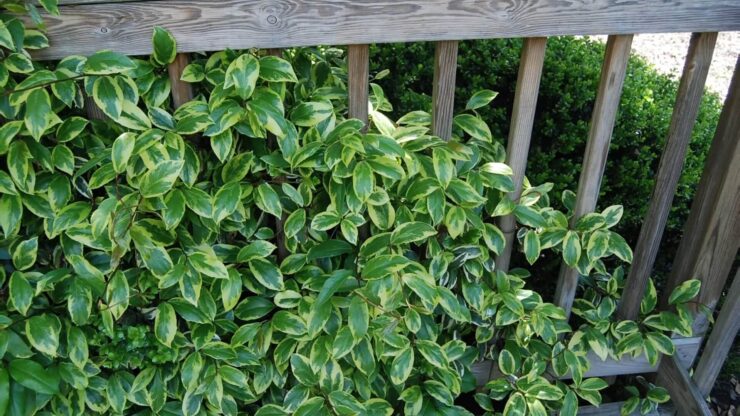
Train vines like Morning Glories or Sweet Peas to climb along your railings and fences. This adds color and integrates your patio with the garden.
Hanging Baskets
Hang baskets filled with trailing vines such as String of Pearls or Creeping Jenny from your patio roof or pergola. These cascading plants add depth and interest.
Planters for Mobility
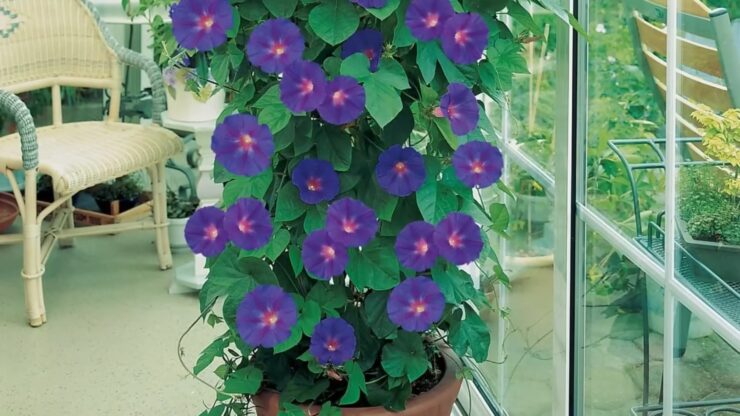
Grow vines in large planters or pots, allowing you to move them around your patio. Bougainvillea and Mandevilla thrive in containers and add vibrant colors.
Integrate with Furniture
Place planters with climbing vines next to benches or tables. Over time, the vines will intertwine with the furniture, creating a seamless, natural look.
Mix with Other Plants
Combine vines with shrubs, flowers, and ornamental grasses for a diverse garden. This adds texture and color contrasts to your patio.
Low-Maintenance Options
Choose hardy vines like Trumpet Vine or Passionflower if you want low-maintenance plants. These are easy to grow and resistant to pests.
Conclusion
As you can see, there is a wide range of vines. The best part is that you can easily choose the type according to your preferences, and one that will fit perfectly in your garden.

